Home>Gardening & Outdoor>Outdoor Structures>How To Place A Shed On A Slope
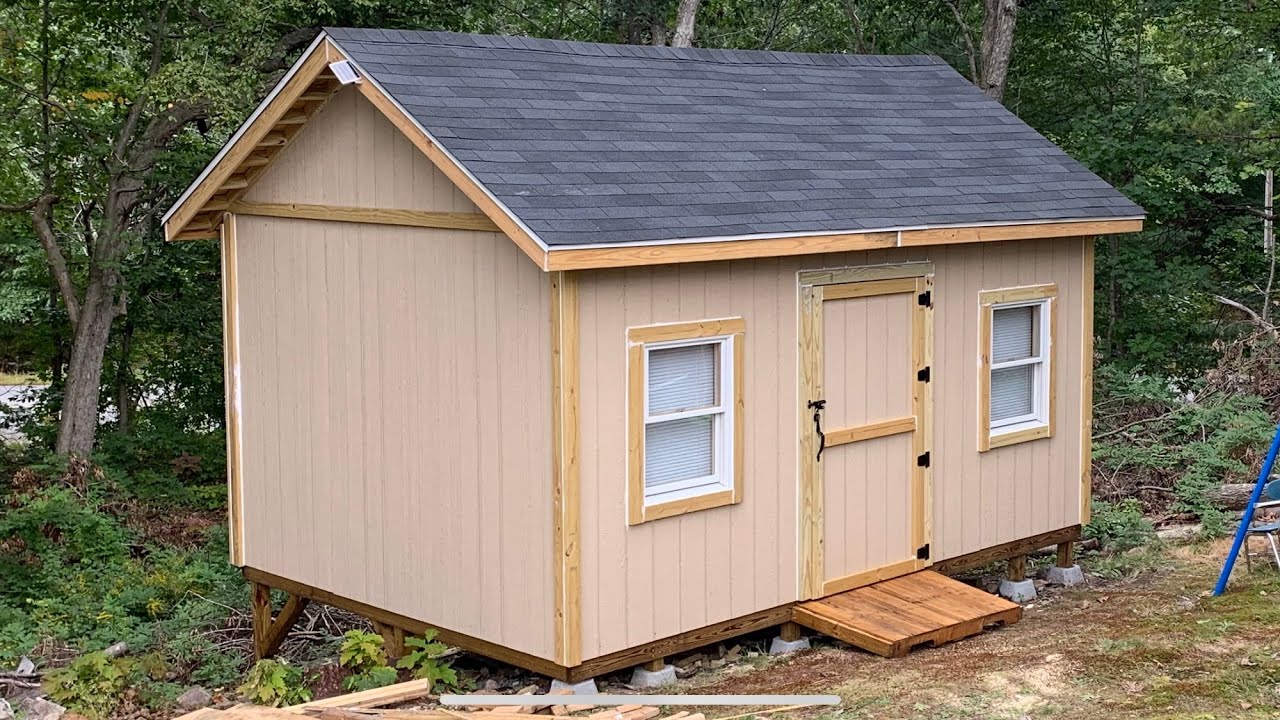

Outdoor Structures
How To Place A Shed On A Slope
Modified: August 28, 2024
Learn how to properly place a shed on a slope with our expert tips and advice. Get the best guidance for outdoor structures to ensure a stable and secure installation.
(Many of the links in this article redirect to a specific reviewed product. Your purchase of these products through affiliate links helps to generate commission for Storables.com, at no extra cost. Learn more)
**
Introduction
**
Placing a shed on a slope can present both challenges and opportunities. While the natural landscape offers a picturesque setting, it also requires careful planning and execution to ensure the shed is stable and functional. Whether you are considering a shed for storage, a workshop, or a cozy retreat, understanding the nuances of placing it on a slope is crucial for a successful project.
In this comprehensive guide, we will explore the considerations, tools, and steps necessary to place a shed on a slope. By the end, you'll have the knowledge and confidence to embark on this endeavor, turning a potentially daunting task into a rewarding and aesthetically pleasing addition to your property. So, let's delve into the intricacies of harmonizing man-made structures with the natural contours of the land.
Key Takeaways:
- Placing a shed on a slope requires careful planning, considering factors like slope gradient, drainage, and foundation type. It’s an opportunity to blend man-made structures with natural landscapes for a visually appealing addition to your property.
- When placing a shed on a slope, prepare the site, choose the right tools and materials, and follow a systematic approach. Embrace the slope’s unique characteristics to create a functional and visually striking addition to your property.
Read more: Where To Place A Shed
Considerations for Placing a Shed on a Slope
Before embarking on the project of placing a shed on a slope, it’s essential to consider several key factors that will influence the design, construction, and long-term stability of the structure.
1. Slope Gradient: The steepness of the slope will significantly impact the shed's foundation and overall stability. A gentle slope may require minimal adjustments, while a steeper incline could necessitate more extensive measures to ensure the shed's durability.
2. Drainage: Proper drainage is crucial when placing a shed on a slope. Consider how water flows down the slope during rain or snowmelt and plan for effective drainage to prevent water from pooling around or under the shed.
3. Foundation: The type of foundation needed for a shed on a slope will vary depending on the severity of the incline. Options include concrete piers, retaining walls, or a combination of these to create a level and secure base for the shed.
4. Accessibility: Think about how you will access the shed on a slope. Will you need to build steps or a pathway? Ensuring safe and convenient access is essential for the shed's usability.
5. Landscaping and Aesthetics: Consider how the shed will blend into the natural landscape. Utilize the slope to create a visually appealing setting, perhaps incorporating terraced gardens or native vegetation to integrate the shed harmoniously into its surroundings.
6. Permits and Regulations: Check local building codes and regulations, as placing a structure on a slope may have specific requirements to ensure safety and compliance with zoning laws.
By carefully evaluating these considerations, you can develop a well-informed plan for placing a shed on a slope, setting the stage for a successful and visually striking addition to your property. Now that we've explored the essential considerations, let's delve into the tools and materials needed for this project.
Tools and Materials Needed
When undertaking the task of placing a shed on a slope, having the right tools and materials at your disposal is essential for a smooth and efficient construction process. Here’s a comprehensive list to ensure you’re well-equipped for the project:
Tools:
- Shovel: Essential for excavating and leveling the ground.
- Tape Measure: For accurately assessing dimensions and layout.
- Level: To ensure the shed foundation and structure are properly aligned.
- Wheelbarrow: Useful for transporting materials and debris on the slope.
- Power Drill: For assembling the shed and securing it to the foundation.
- Handsaw or Circular Saw: Depending on the materials used, a saw will be necessary for cutting lumber or other building components.
- Hammer and Nails: Basic tools for construction and assembly.
- Safety Gear: Including gloves, goggles, and sturdy footwear for protection.
Materials:
- Lumber or Prefabricated Shed Kit: Depending on your preference, you can opt for traditional lumber to build the shed frame or choose a prefabricated shed kit for ease of assembly.
- Concrete or Gravel: Essential for creating a stable foundation, especially on a slope.
- Fasteners: Nails, screws, and anchors for securing the shed components and foundation.
- Gravel or Pavers: For creating pathways or stabilizing the ground around the shed.
- Landscaping Fabric: Useful for controlling erosion and maintaining the integrity of the shed’s surroundings.
- Exterior Finish: If using lumber, exterior paint or stain will protect the shed from the elements.
- Drainage Materials: Such as perforated pipes or gravel for managing water runoff.
By ensuring you have these tools and materials on hand, you’ll be well-prepared to tackle the challenges of placing a shed on a slope. With the groundwork laid out, let’s proceed to the essential steps for successfully completing this project.
When placing a shed on a slope, make sure to level the ground as much as possible to provide a stable foundation. You can use concrete blocks or build a retaining wall to create a level surface for the shed.
Steps for Placing a Shed on a Slope
Embarking on the task of placing a shed on a slope requires a systematic approach to ensure stability, functionality, and visual appeal. Let’s outline the essential steps to guide you through this project:
1. Site Preparation: Begin by clearing the area where the shed will be placed. Remove any vegetation, rocks, or debris, and ensure the ground is relatively level to the best of your ability.
2. Assess the Slope: Evaluate the slope gradient to determine the extent of the incline. This assessment will inform decisions regarding the shed’s foundation and any necessary adjustments to create a level base.
3. Foundation Planning: Based on the slope’s severity, choose a suitable foundation option. This may involve building concrete piers, installing a retaining wall, or employing other methods to create a stable and level base for the shed.
4. Foundation Construction: Implement the chosen foundation plan, ensuring it is securely anchored to withstand the slope’s natural forces. Take care to level the foundation and verify its stability before proceeding.
5. Shed Assembly: Whether using a prefabricated shed kit or constructing the shed from lumber, follow the manufacturer’s instructions or your custom design to assemble the shed frame and walls. Ensure the structure is securely anchored to the foundation.
6. Pathway and Access: If necessary, create a pathway or steps leading to the shed to ensure safe and convenient access, especially on a slope. Utilize gravel, pavers, or other suitable materials to establish a stable and visually appealing approach to the shed.
7. Landscaping and Drainage: Consider the surrounding landscape and implement measures to enhance the shed’s integration with the natural environment. Additionally, address drainage by installing appropriate systems to manage water runoff and prevent erosion around the shed.
8. Finishing Touches: Apply exterior finish to the shed, such as paint or stain, to protect it from the elements and enhance its aesthetic appeal. Consider landscaping around the shed to further integrate it into the slope’s natural setting.
By following these steps with attention to detail and precision, you can successfully place a shed on a slope, creating a functional, visually appealing, and enduring addition to your property. With the project nearing completion, let’s reflect on the insights gained and the transformative process of harmonizing a man-made structure with the natural contours of the land.
Conclusion
Placing a shed on a slope is a project that demands careful consideration, strategic planning, and skilled execution. As we’ve explored the essential considerations, tools, materials, and steps involved in this endeavor, it’s evident that harmonizing a man-made structure with the natural contours of the land is both a challenge and an opportunity.
By embracing the slope’s unique characteristics and integrating them into the shed placement, you have the potential to create a visually striking and functional addition to your property. The careful assessment of the slope’s gradient, thoughtful foundation planning, and meticulous attention to detail during construction are paramount to the shed’s long-term stability and usability.
Moreover, this project offers the chance to engage with the natural landscape, incorporating the slope into the shed’s design and surroundings. By implementing effective drainage, creating safe access, and considering the aesthetic integration of the shed with the environment, you can transform the challenge of a sloped terrain into an opportunity for a harmonious and picturesque setting.
As you embark on the journey of placing a shed on a slope, remember that each step, from site preparation to finishing touches, contributes to the creation of a structure that not only meets practical needs but also enhances the beauty of its surroundings.
Ultimately, the successful completion of this project will stand as a testament to your ability to adapt to and coexist with the natural features of your property, turning a potential obstacle into a distinctive and captivating feature.
With the insights gained from this guide, you are well-equipped to embark on the rewarding endeavor of placing a shed on a slope, where the fusion of human ingenuity and natural topography yields a truly remarkable and harmonious result.
Frequently Asked Questions about How To Place A Shed On A Slope
Was this page helpful?
At Storables.com, we guarantee accurate and reliable information. Our content, validated by Expert Board Contributors, is crafted following stringent Editorial Policies. We're committed to providing you with well-researched, expert-backed insights for all your informational needs.
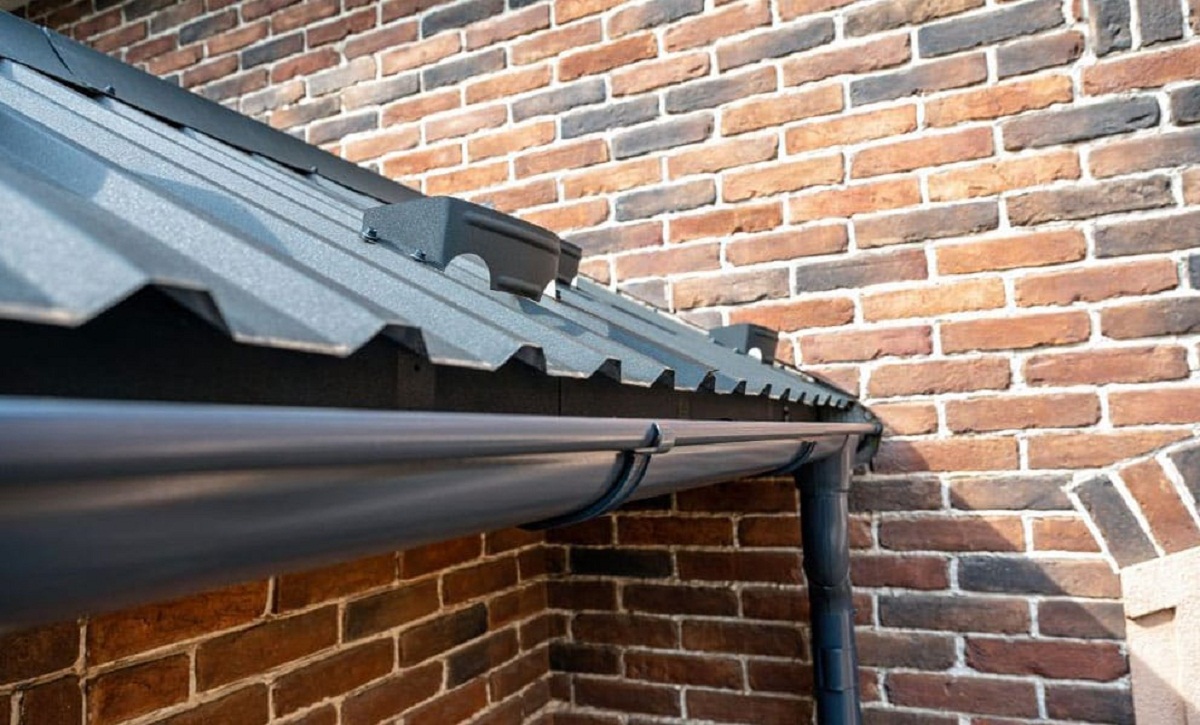
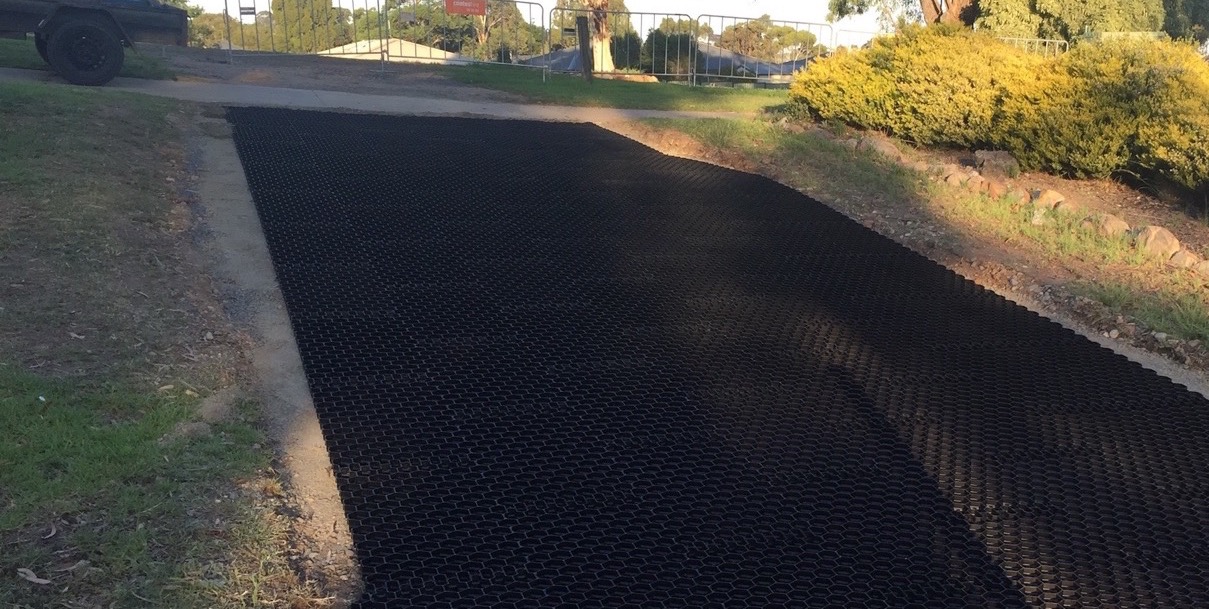
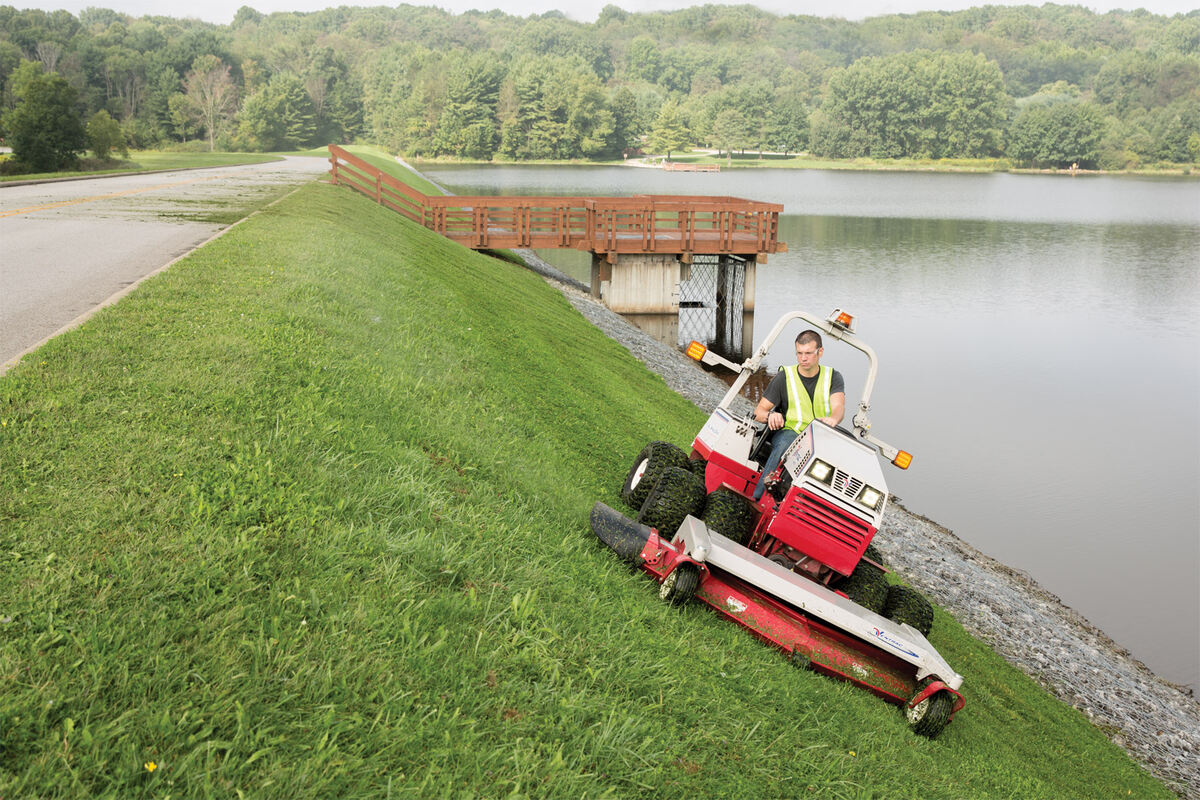
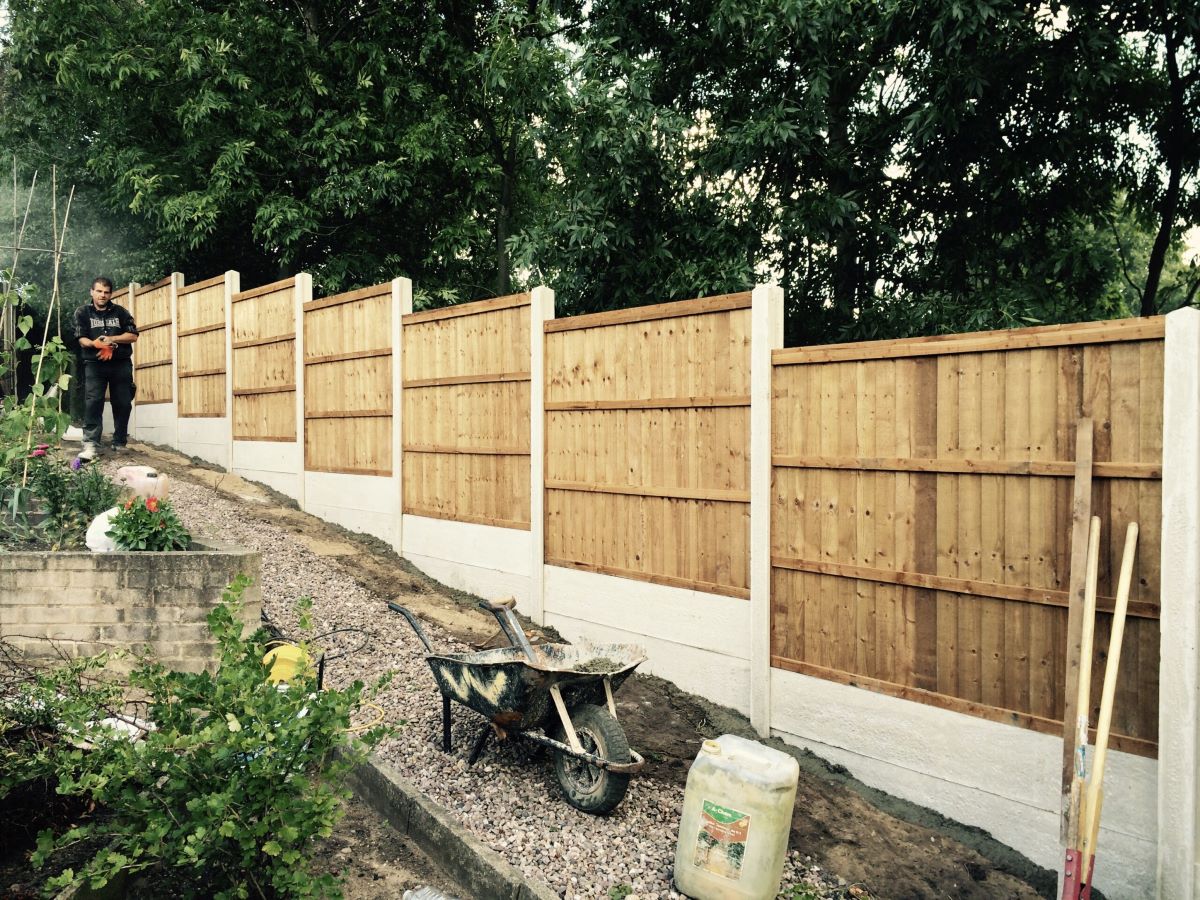
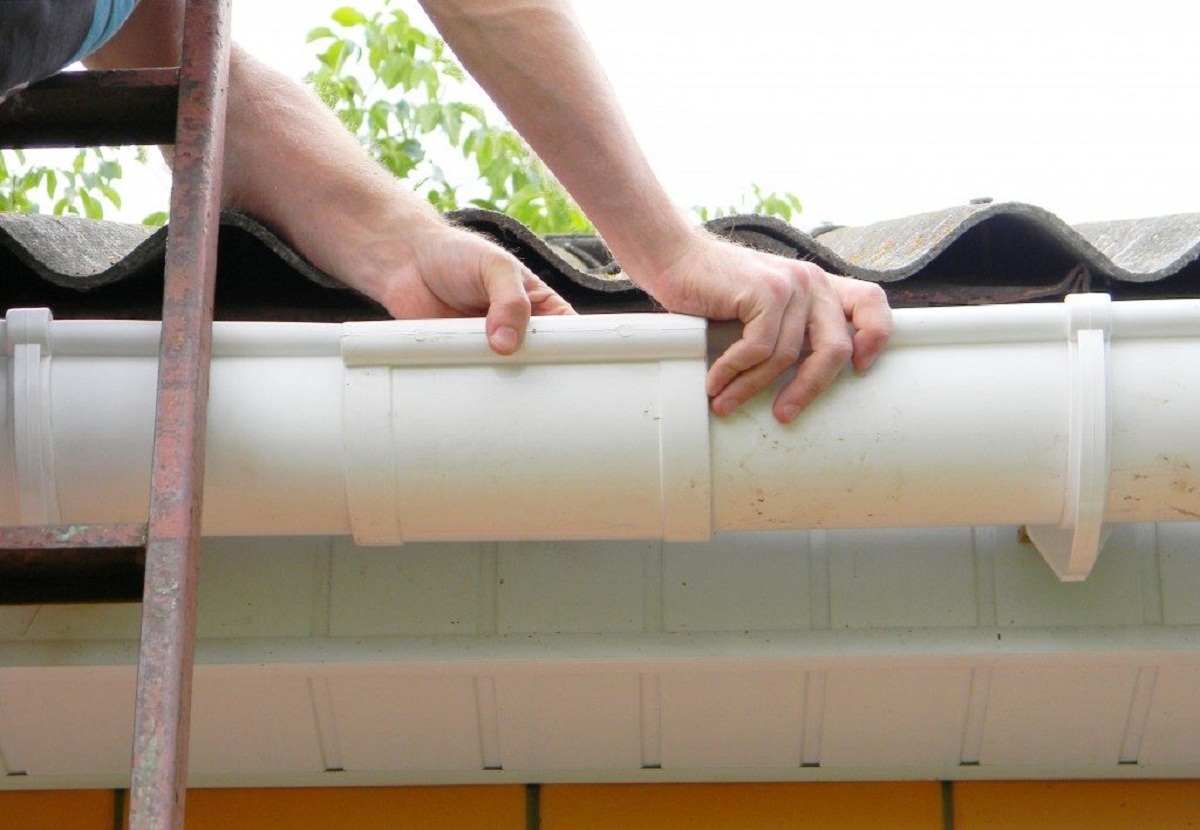
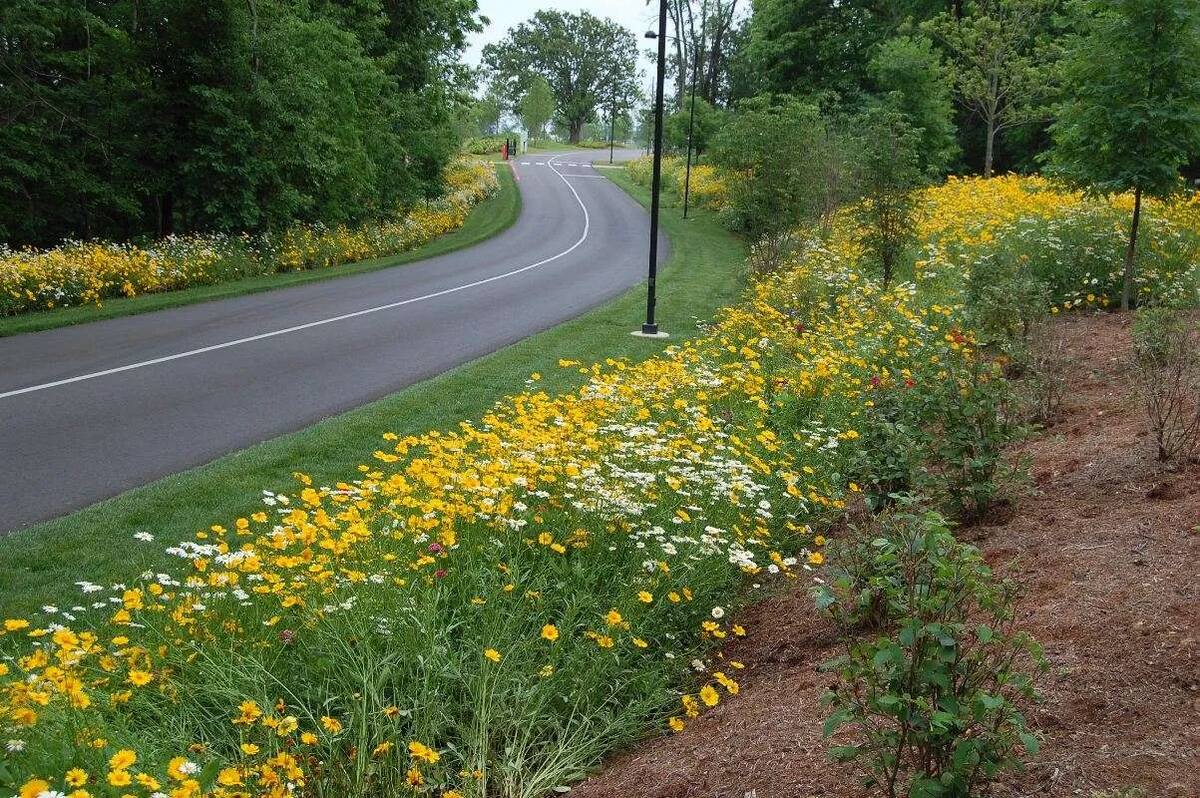
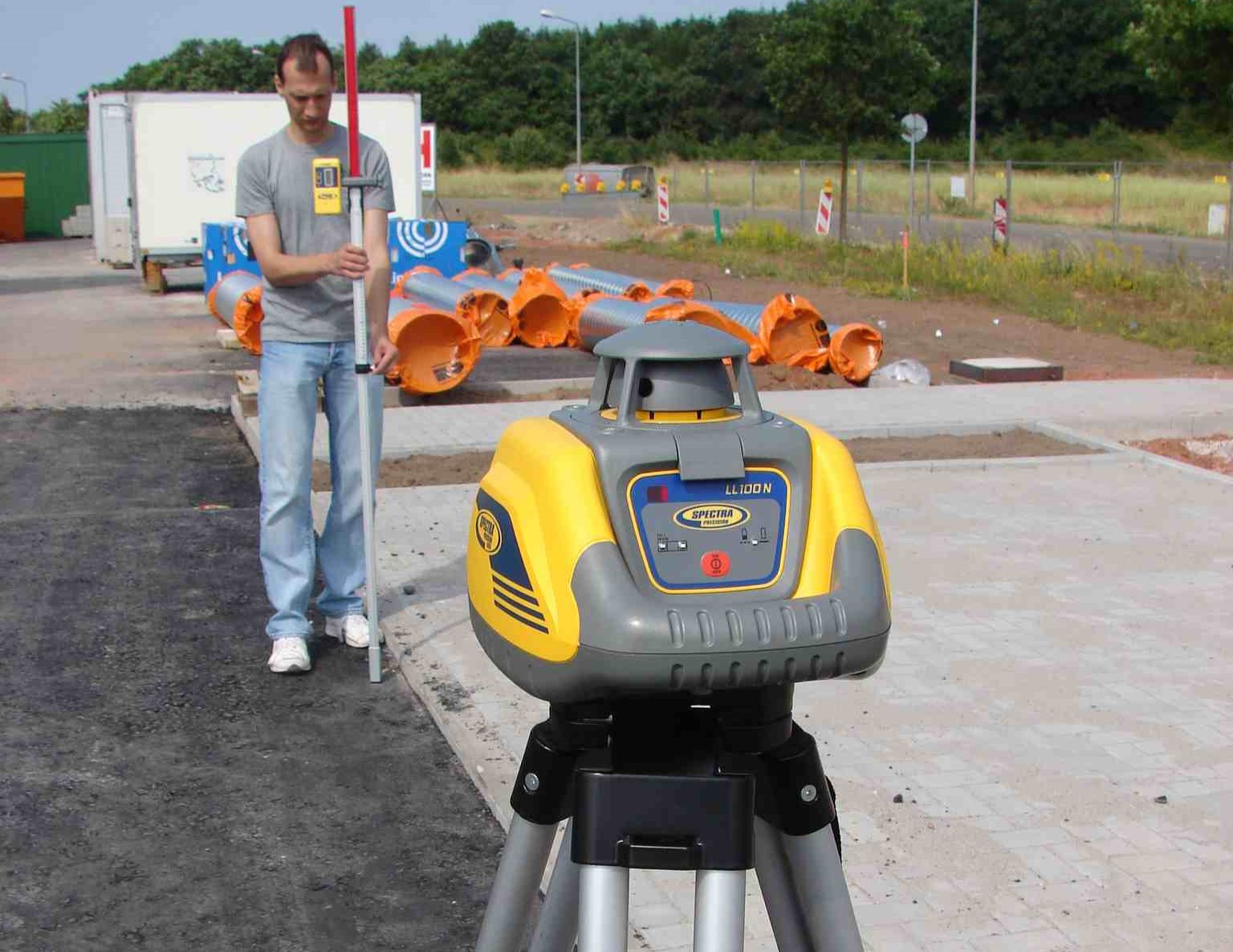
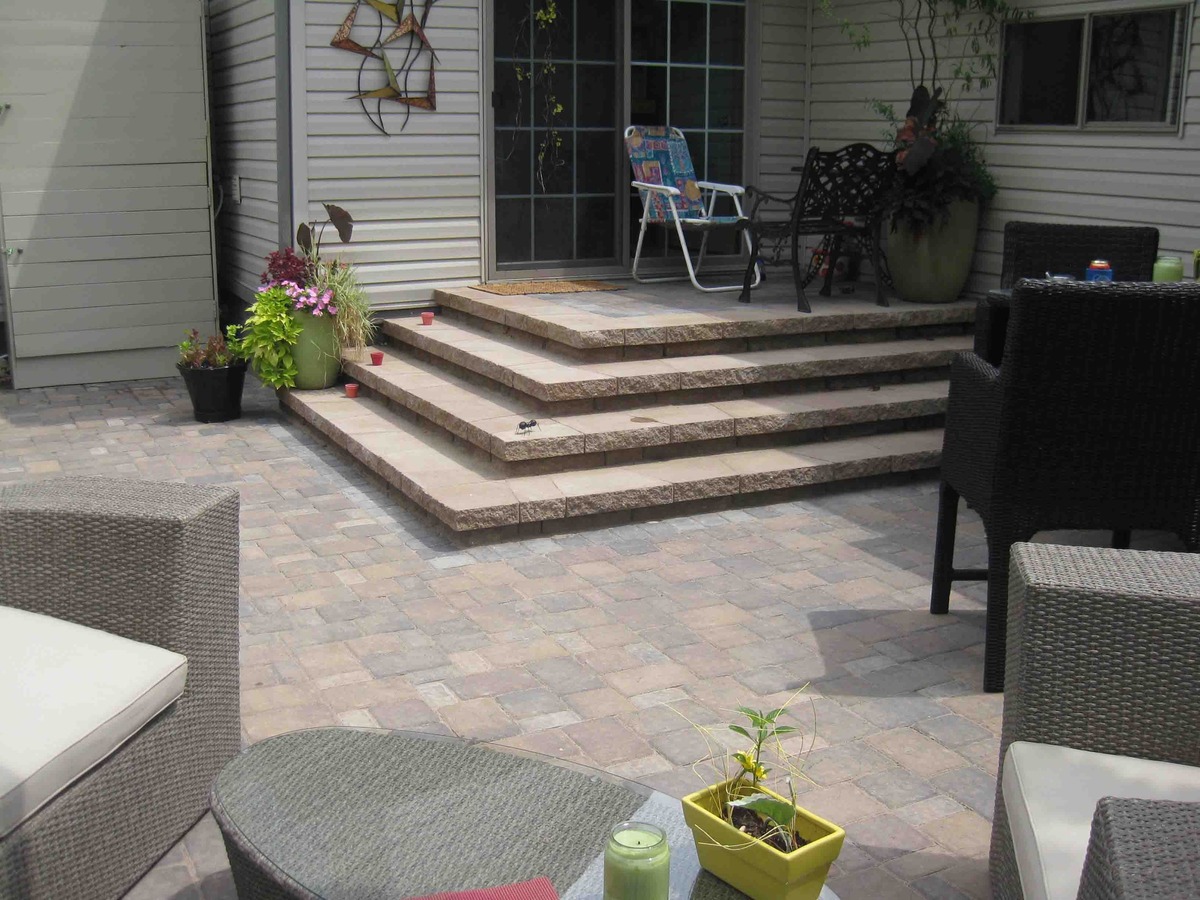
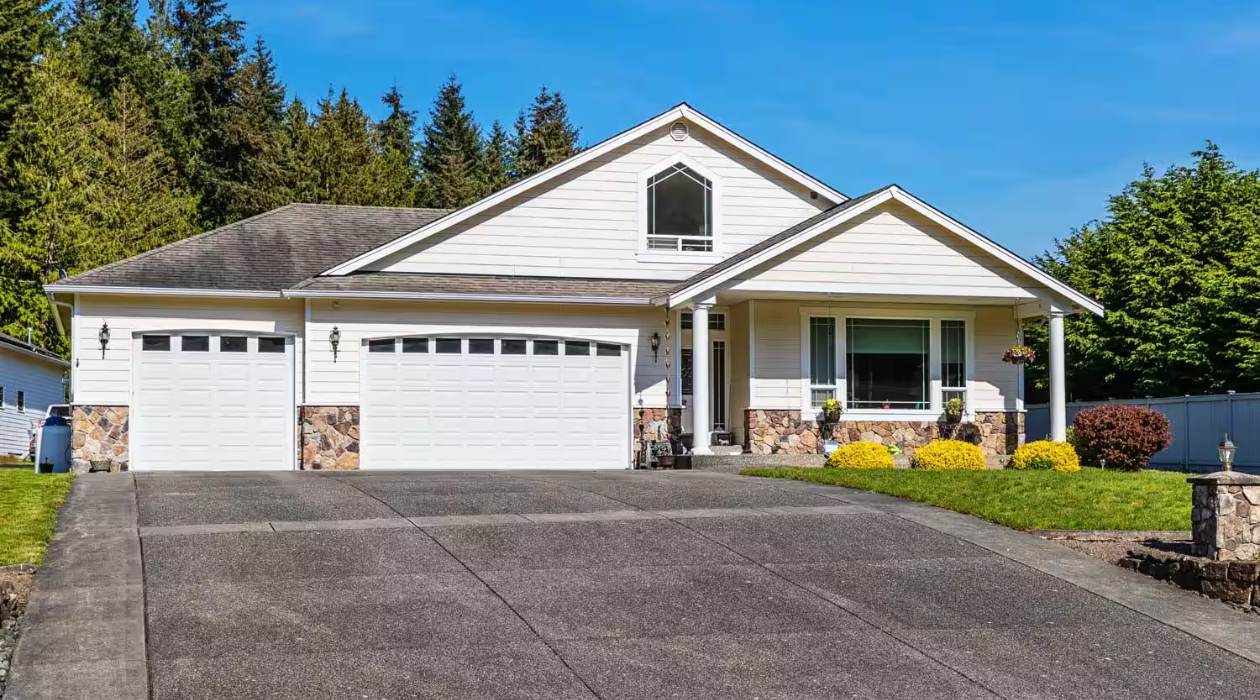

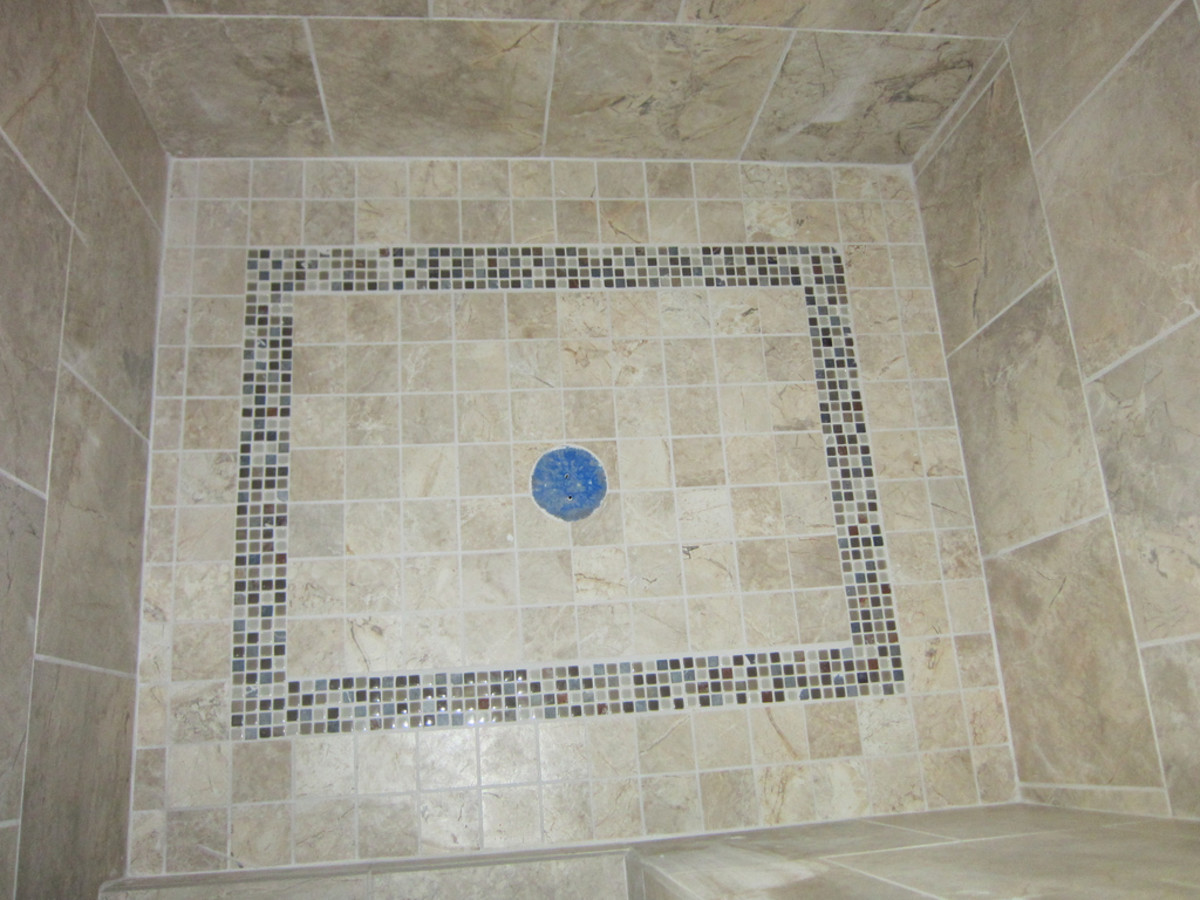
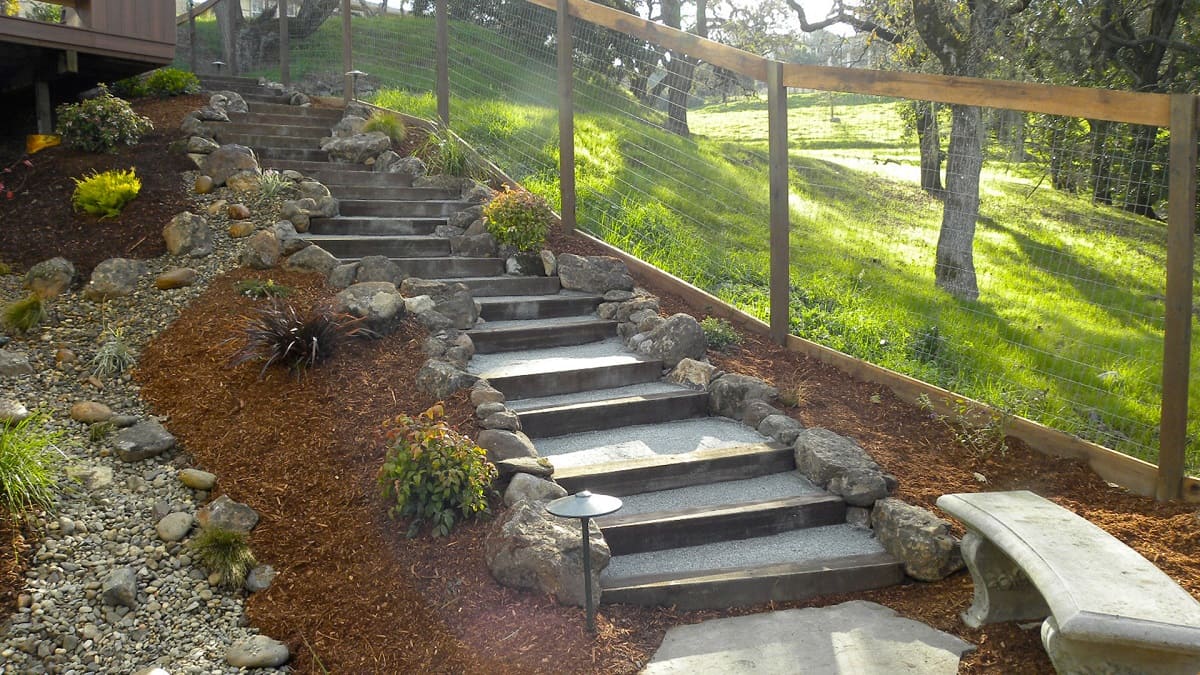
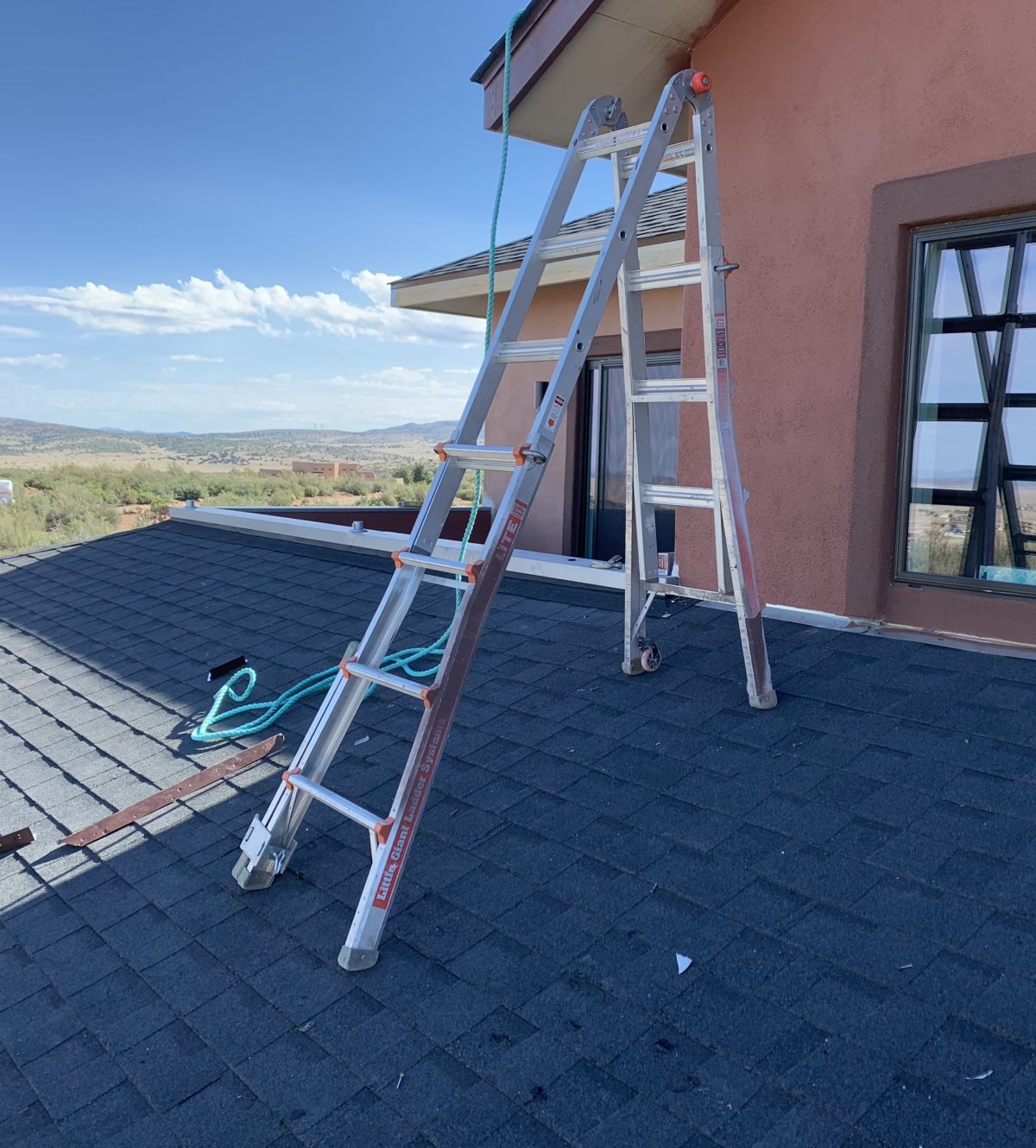
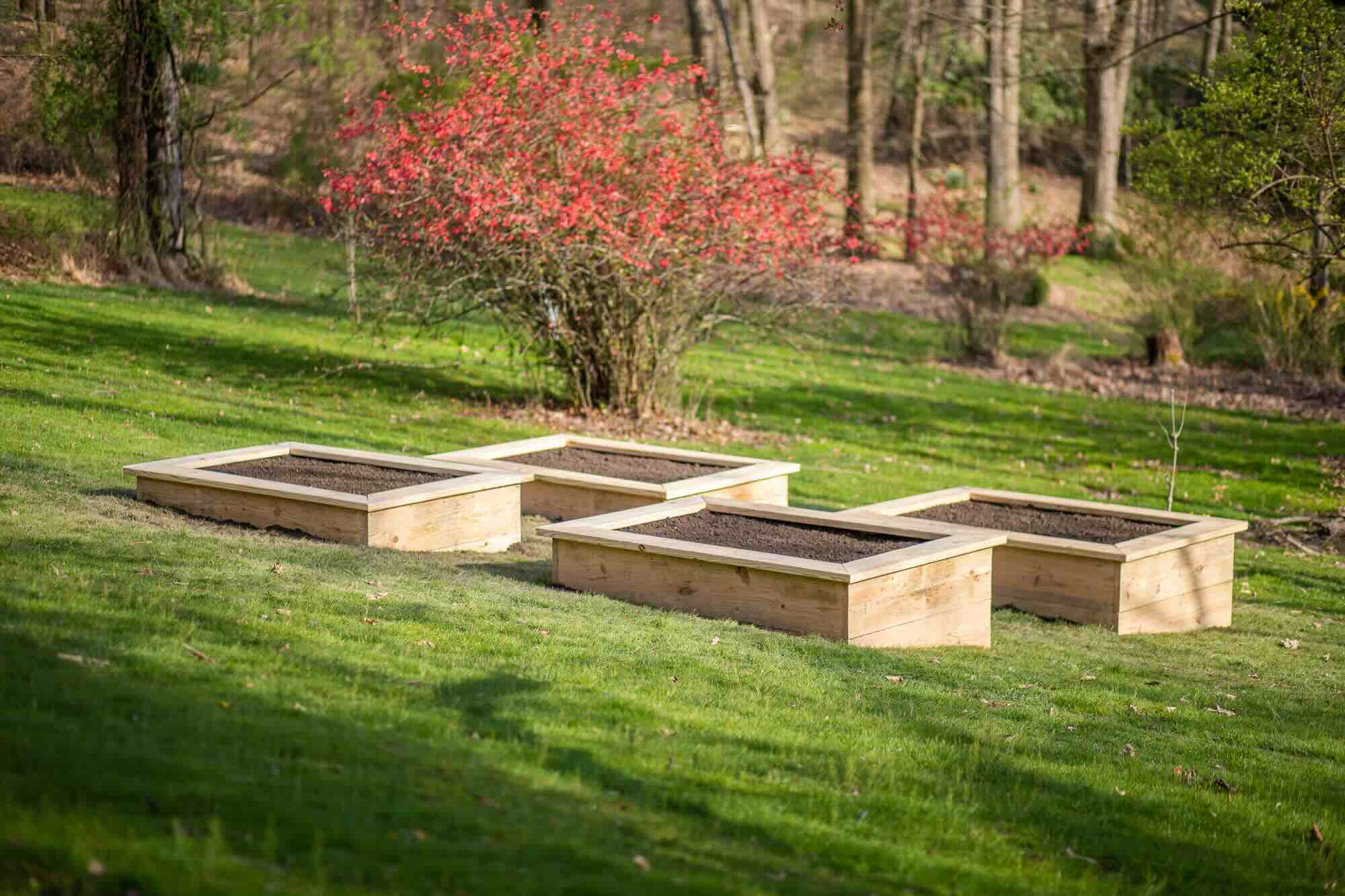
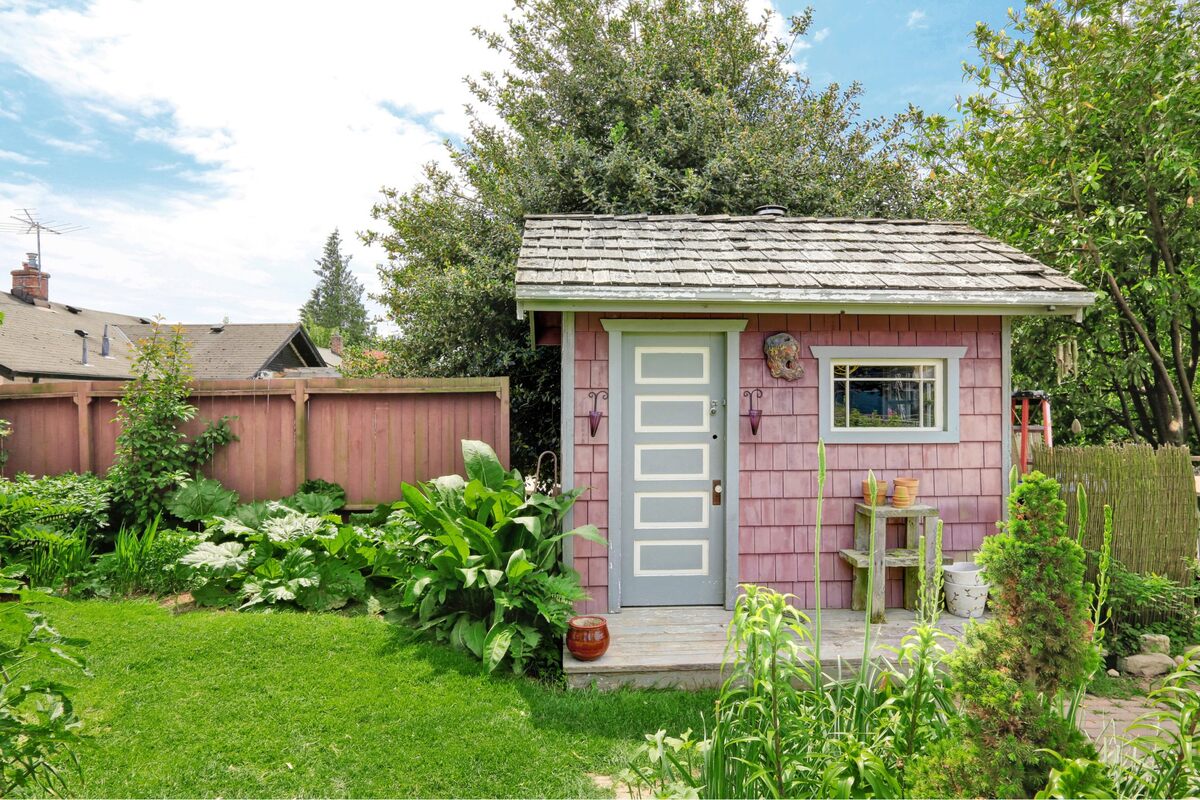

0 thoughts on “How To Place A Shed On A Slope”